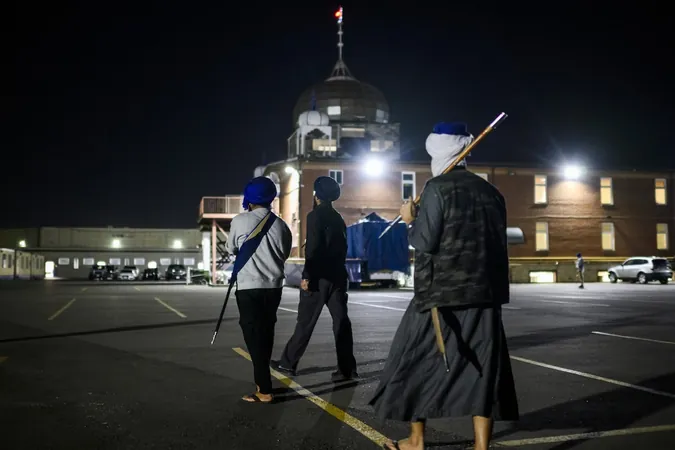
Tensions Escalate Between Sikhs and Hindus in Brampton Amid Canada-India Diplomatic Crisis
2024-11-09
Author: Jacob
As night falls near Toronto's Pearson Airport, a palpable tension envelopes a Sikh gurdwara in Mississauga. Young men armed with swords, baseball bats, and pieces of lumber stand vigilant, their eyes scanning the dim surroundings. Inside, prayers resonate alongside lively Punjabi music from a nearby truck, but the atmosphere is anything but festive.
Daljit Singh Sekhon, president of the Sri Guru Singh Sabha Malton gurdwara, expressed the urgency of the situation: “We have to be ready.” This vigilance comes in response to escalating conflicts sparked by the deepening rift between Canada and India, now spilling over into suburban communities like Brampton and Mississauga.
The latest unrest follows revelations from the Royal Canadian Mounted Police (RCMP), indicating that Indian officials may have been involved in serious crimes on Canadian soil, which resulted in reciprocal expulsion of diplomats between the two nations. Prime Minister Justin Trudeau’s government has accused Indian Prime Minister Narendra Modi’s administration of orchestrating covert operations to suppress Sikh activism in Canada. The assassination of Hardeep Singh Nijjar, a prominent pro-Khalistan leader, last year in Surrey, B.C., remains a flashpoint in these tensions.
This backdrop of strained geopolitical relations manifested in street clashes as activists from both groups mobilized, leading to arrests and calls for stricter regulations governing protests near places of worship. In Brampton, the demographics reflect a significant Sikh and Hindu presence—approximately a quarter of the population identifies as Sikh, and one in five as Hindu—yet this recent violence is an unusual development in the historically cohabitative environment.
The frustrations expressed by the Hindu community are evident. Arvind Mishra, a Brampton IT consultant originally from India, voiced his dissatisfaction: “We feel marginalized.” He recounted being present at the Hindu Sabha temple during a violent confrontation, condemning Sikh protestors for their actions near a sacred site and attributing the growing unrest to the federal government's inaction regarding anti-Indian sentiments linked to the Khalistan movement.
Countering this narrative, Sikh activists have emphasized that their struggle is not against Hindus, but rather against external governmental interference. Protests at the Hindu temple targeted Indian governmental representatives purportedly collecting pension applications for Indian immigrants—a situation they viewed as intrusive surveillance.
Tensions reached a boiling point with an organized counter-protest and threats of violence, leading to arrests and officials pleading for de-escalation measures. Political leaders, including Conservative Leader Pierre Poilievre, have criticized Trudeau for allegedly fostering division, while Modi condemned what he labeled “cowardly attempts” to intimidate his nation’s diplomats.
The historical weight of these clashes cannot be overstated. Many Hindus associate Sikh extremists with the notorious Air India bombing of 1985, resulting in the deaths of 329 people, while Sikhs recall the violent repression they faced in India during the 1980s, making reconciliation a complex and challenging process.
Former intelligence officer Dan Stanton warned of increased radicalization on both sides of this issue, likening the situation to a powder keg that could ignite with the slightest provocation. Civic leaders are now under pressure to address these tensions thoughtfully and urgently, aiming to restore peace within their communities.
Emotions have been inflamed by a small number of provocateurs, including Ron Benarjee, a self-proclaimed Hindu nationalist who has been charged with hate speech for inciting violence against Sikhs. Meanwhile, a Hindu priest was suspended for making threatening statements during the week’s upheaval, emphasizing the critical situation that requires immediate attention.
At the Malton Gurdwara, individuals voiced disbelief that they would need to protect their place of worship in Canada. “I thought we’d left all that behind,” lamented one community member, underlining the uneasy intersection of faith, community, and global geopolitics that now defines life in Brampton.
As tensions simmer, the need for dialogue and understanding has never been more pressing, in hopes of preventing such violent clashes from happening again in the future.
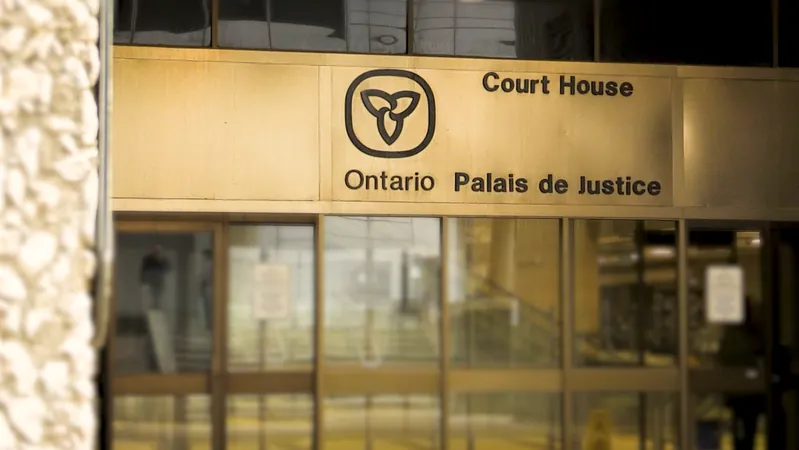



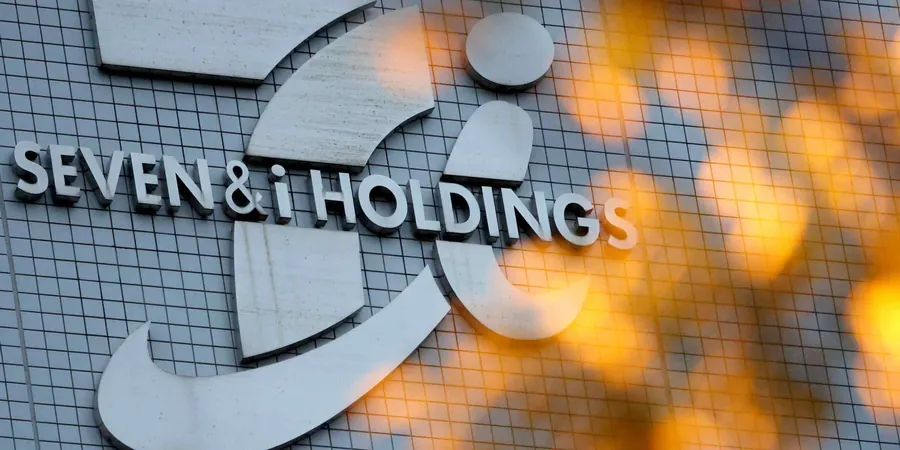

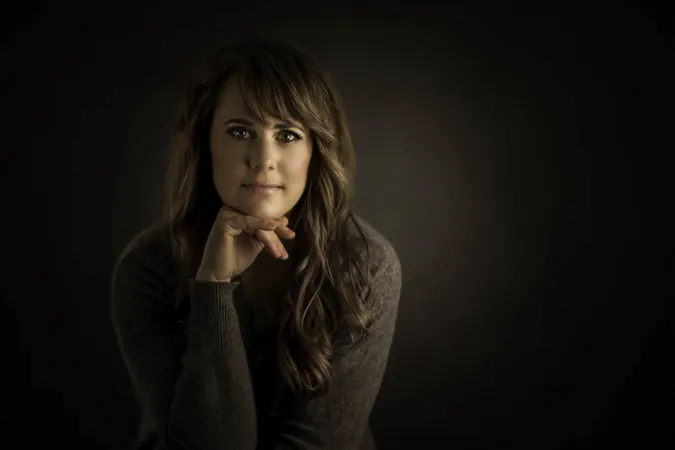

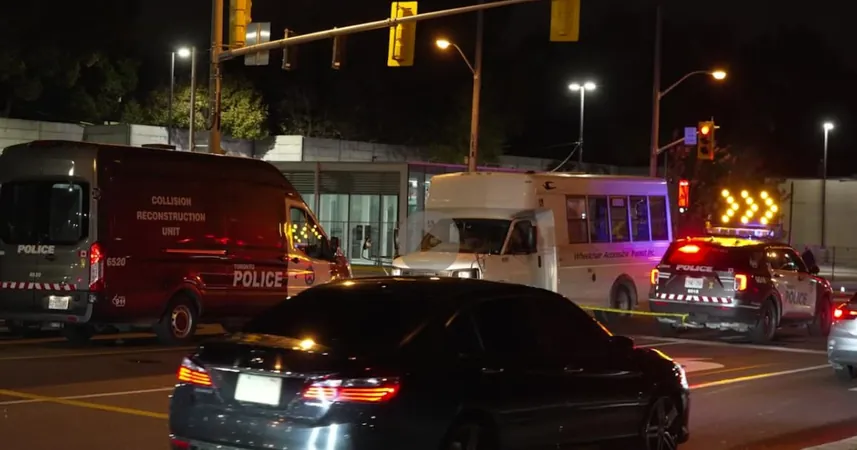
 Brasil (PT)
Brasil (PT)
 Canada (EN)
Canada (EN)
 Chile (ES)
Chile (ES)
 España (ES)
España (ES)
 France (FR)
France (FR)
 Hong Kong (EN)
Hong Kong (EN)
 Italia (IT)
Italia (IT)
 日本 (JA)
日本 (JA)
 Magyarország (HU)
Magyarország (HU)
 Norge (NO)
Norge (NO)
 Polska (PL)
Polska (PL)
 Schweiz (DE)
Schweiz (DE)
 Singapore (EN)
Singapore (EN)
 Sverige (SV)
Sverige (SV)
 Suomi (FI)
Suomi (FI)
 Türkiye (TR)
Türkiye (TR)